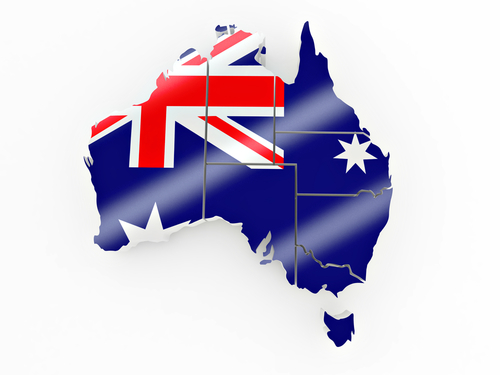Though it is far too early to pin down an exact number for the amount of money the Japan quake will cost insurers, initial estimates have started to surface for some of the hardest hit insurers and reinsurers.
Swiss Re, the world’s second-biggest reinsurer, has estimated it will face claims of about $1.2 billion from the earthquake and tsunami in Japan.
The figure is low because Japan’s government insures residential properties covered by non-life companies against earthquake and tsunami damage and this protection is not reinsured internationally, the Zurich-based company said in an e-mailed statement today. The preliminary claims figure is net of retrocession and before tax, Swiss Re said.
Eqecat, a catastrophe modeling firm, has stated that insurers and reinsurers will likely have losses of $12 billion to $25 billion. However, AIR Wolrdwide has estimated losses of up to $35 billion from the quake alone.
AIG has recently reported that it will record $1 billion in claims for the first quarter, most of which can be attributed to the Japan earthquake and tsunami.
Zurich-based ACE Ltd., a major player in the insurance and reinsurance market, said its initial loss estimates are $200 million to $250 million.
Though Lloyd’s of London has not officially released an estimate, an anonymous market source has said “$3 billion in losses for the Lloyd’s market as a whole sounds plausible.”
QBE Insurance Group Ltd. of Australia has said it estimates $125 million in claims from the quake and tsunami.
Below is a video of the always-entertaining Joe Plumeri speaking on the topic of Japan’s insured losses.



